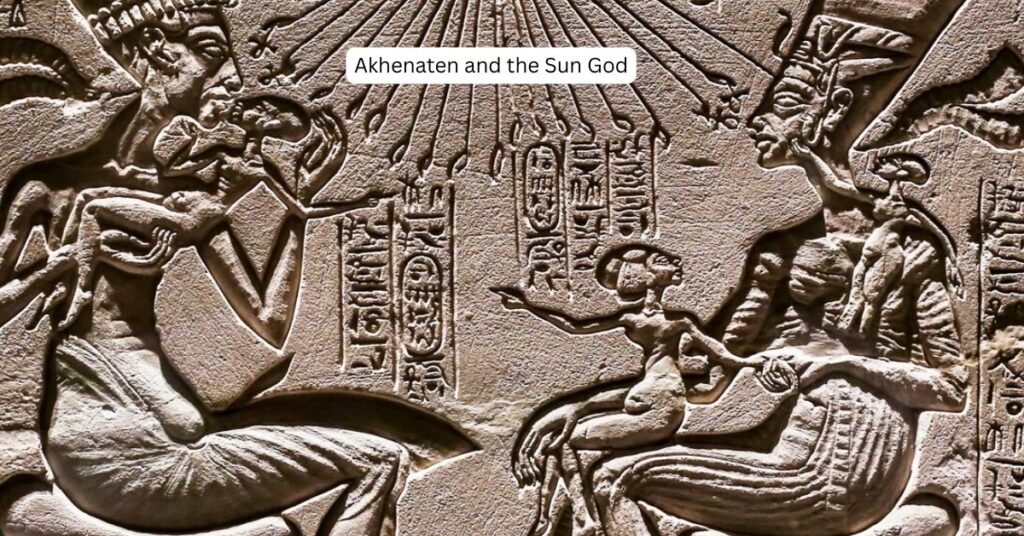Few figures from ancient Egypt captivate the world’s imagination as much as Queen Nefertiti. Known for her unparalleled beauty, strength, and influence, Nefertiti stands as one of history’s most iconic queens. Her legacy goes beyond her physical appearance; she was a powerful political and spiritual leader who shaped the course of Egyptian history alongside her husband, Pharaoh Akhenaten.
The Rise of Queen Nefertiti
Nefertiti lived during the 14th century BCE in Egypt’s 18th Dynasty, a period of cultural and political transformation. She became the Great Royal Wife of Akhenaten, a pharaoh remembered for his religious revolution. Together, they established a new monotheistic worship centered on Aten, the sun disk, breaking from Egypt’s long-standing polytheistic traditions.
Nefertiti’s role in this revolution was significant. She was not just a queen by title; she was a partner in power. In temple reliefs and inscriptions, she is shown performing religious rituals, offering sacrifices, and even appearing in positions typically reserved for pharaohs. This depiction highlights her authority and influence in both political and spiritual matters.
Symbol of Beauty
Nefertiti’s name means “The Beautiful One Has Come,” a title that perfectly mirrors her legacy. Her beauty has transcended millennia, largely thanks to the famous limestone bust discovered in 1912 by German archaeologist Ludwig Borchardt. The bust, now displayed in Berlin’s Neues Museum, remains one of the most admired and recognizable pieces of ancient art.
This portrait is not only a symbol of Nefertiti’s physical allure but also an embodiment of elegance, grace, and the sophistication of Egyptian artistry. It elevated her to a global icon of beauty, a reputation that continues to this day.
Power Beyond the Throne
While her beauty remains legendary, Nefertiti’s true strength lay in her power and influence. Historical records suggest that she may have ruled as a pharaoh after Akhenaten’s death, possibly under the name Neferneferuaten. If true, this would place her among the few women who ascended to Egypt’s throne, alongside Hatshepsut and Cleopatra.
Her active involvement in governance, her prominence in religious reforms, and her possible reign as pharaoh demonstrate that she was far more than a ceremonial figure. Nefertiti played a pivotal role in Egypt’s political and cultural life during one of its most turbulent eras.
The Mystery of Her Disappearance
Despite her prominence, Nefertiti’s final years remain shrouded in mystery. Historical records of her abruptly vanish, sparking debates among historians. Some believe she died during Akhenaten’s reign, while others argue she ruled independently after his death. This uncertainty adds to her allure, making her one of history’s most enigmatic queens.
Legacy of Nefertiti
Nefertiti’s beauty and power have immortalized her as a global symbol of feminine strength. She redefined the role of queen, showing that women could wield authority, influence religion, and command respect in a world dominated by men.
Today, her bust continues to inspire artists, historians, and admirers worldwide, serving as a reminder that Nefertiti was more than just a beautiful face—she was a queen of remarkable intelligence, courage, and resilience.
Conclusion
Nefertiti’s story is one of both beauty and power. Her legacy as a queen, religious leader, and possibly even pharaoh cements her as one of the most influential figures in ancient Egypt. Though centuries have passed, her image and impact remain timeless, embodying the strength and elegance that defined her reign.





